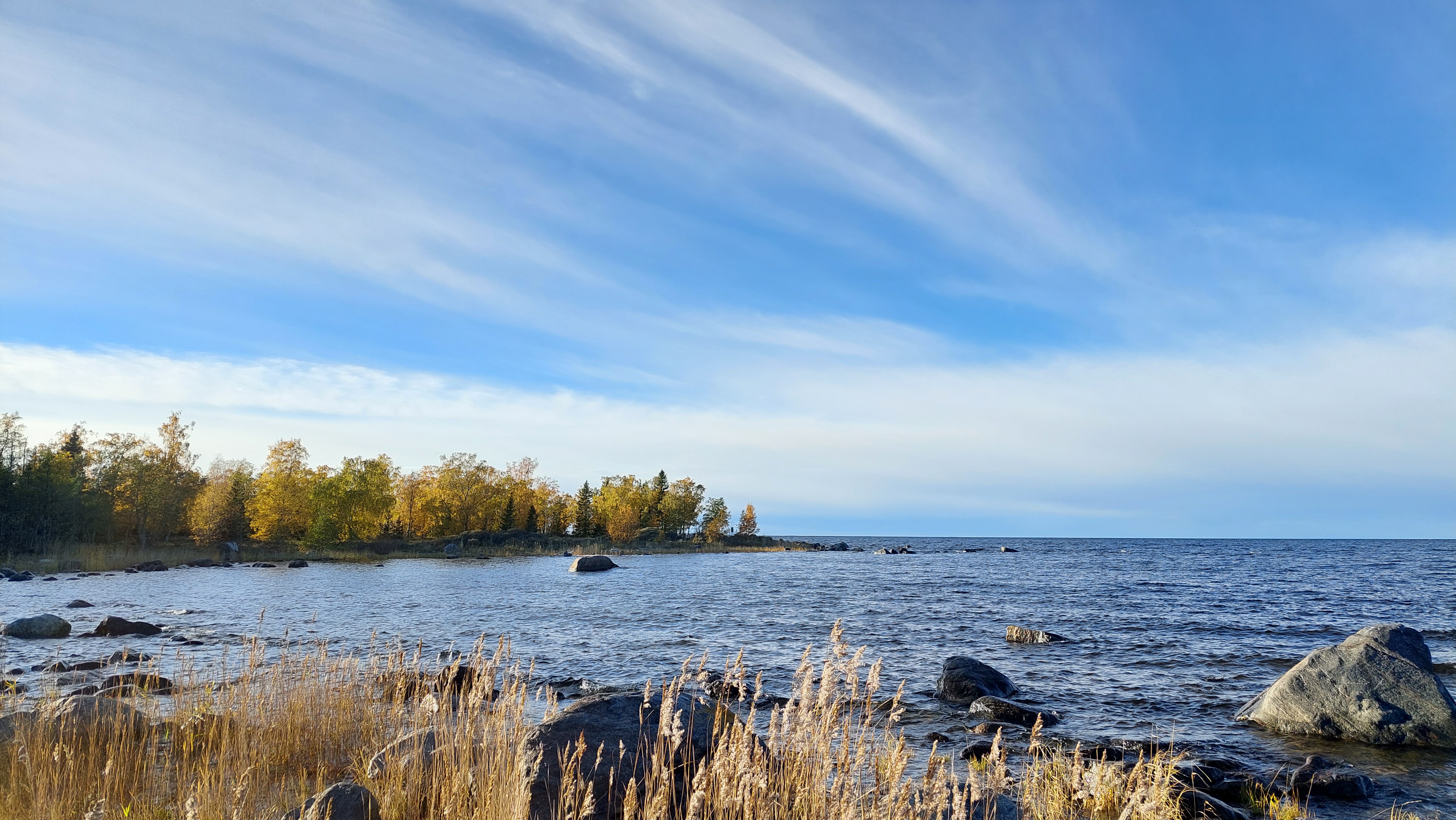Establishing a set of race regulations that places science at the centre of racing activities
The Ocean Race Teams Sustainability Charter and Code of Conduct was co-created with the teams to express a fleet-wide commitment to sustainable operations and supporting a healthy ocean. The charter includes themes of Advocacy, Science, Learning and Operations. It seeks to get all teams, staff, and sailors to stand up for the ocean through sustainable sailing, team, and personal actions.
On the science front, teams must pledge to agree to:
- Supporting science-based decision making.
- Participating in increasing knowledge and understanding of our ocean.
- Hosting scientific equipment onboard.
- Participating in sailor and citizen science programmes.
- Contributing to the United Nations Decade of Ocean Science in collaboration with The Ocean Race.
Including science within a charter and requiring stakeholders to undertake various science-related activities whilst competing in a sailing race embeds science, as a core value, into race practices. This is unique in the sporting world as it requires teams and athletes to take on environmental responsibilities as well as their existing sporting responsibilities.
Collaboration is key, everyone needs to take part and be responsible for a better future for all.
Engagement with the teams, partners and host cities needs to be early on and there is a need to support them in their journey - not as an afterthought or last minute addition. There needs to be someone within each team that is dedicated to Sustainability and maintaining the Sustainability Charter within their team and department. It is important not to underestimate the amount of work needed to maintain the Sustainability Charter and our sustainability goals - assign enough resources!
In an event like The Ocean Race, there are also challenges due to unpredictable circumstances like boat repairs from dismasting or collisions which can increase the footprint and environmental impact of the team and the Race. It is important to have some extra capacity and contingencies to offset unforeseen circumstances like these.
